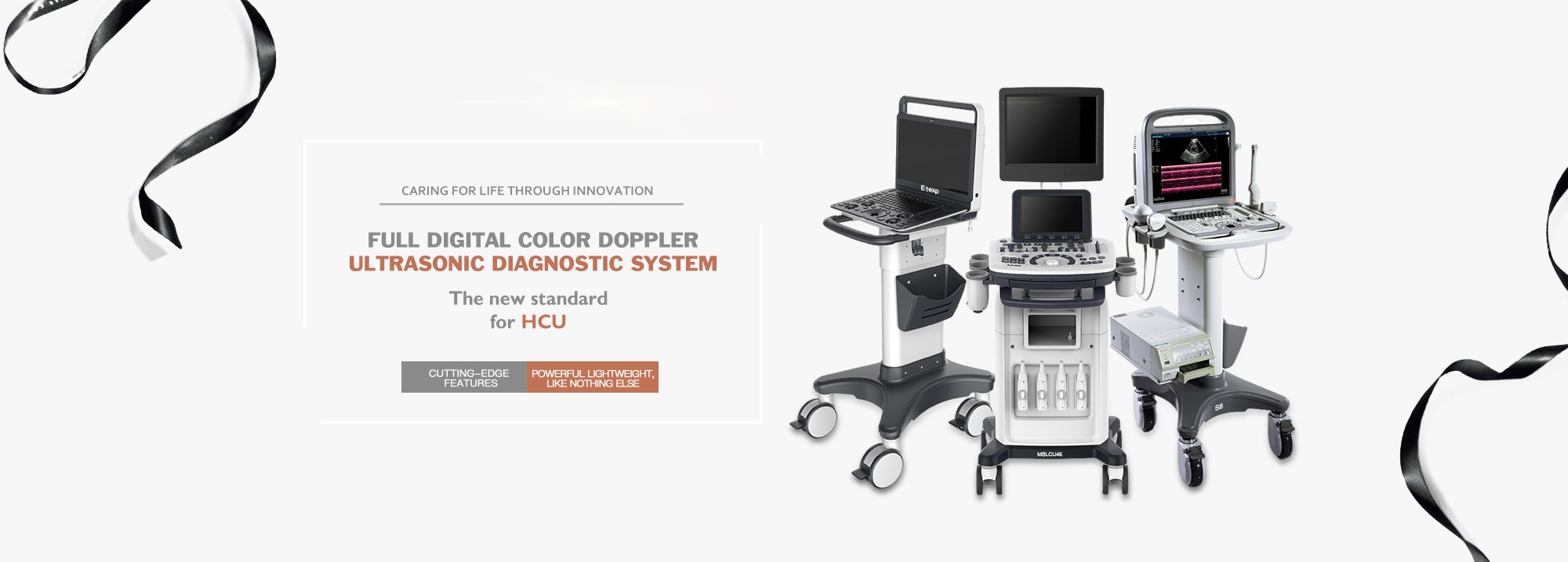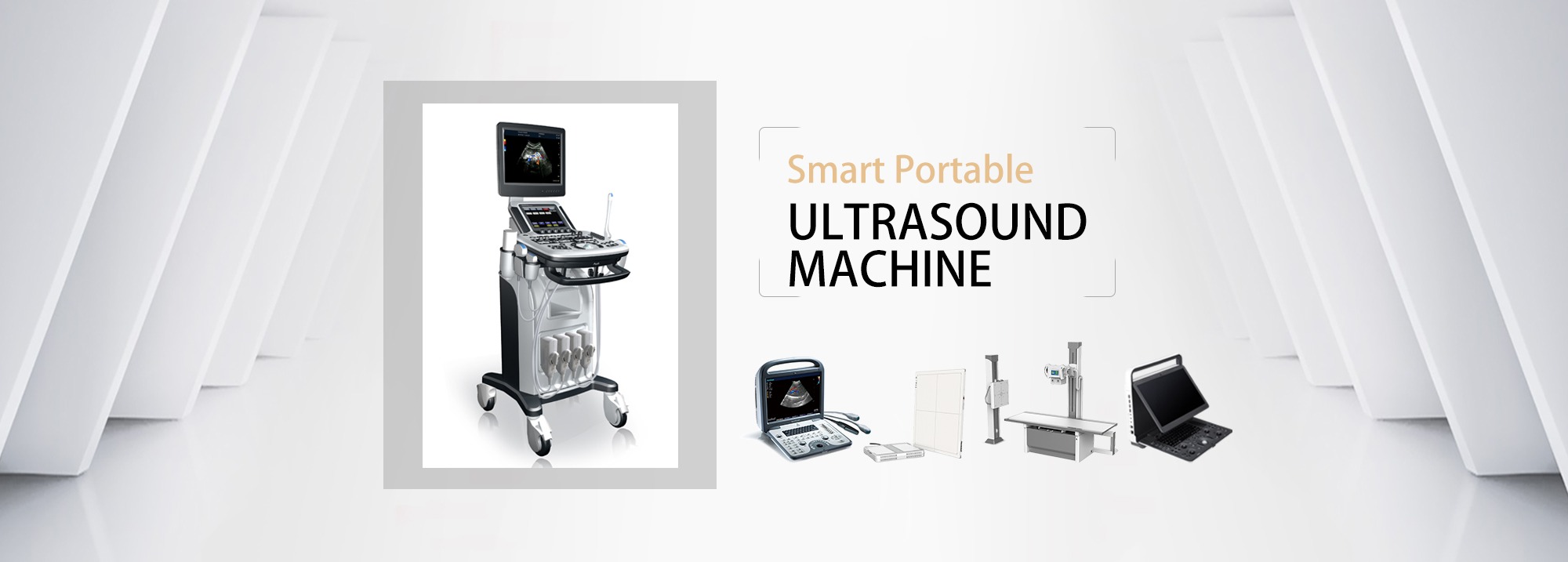Ultrasound technology has revolutionized the medical field, allowing healthcare professionals to gain valuable insights and make accurate diagnoses for a variety of conditions. From examining abdominal organs to detecting breast abnormalities, ultrasound has become an indispensable tool in modern medicine in OB/GYN,Urology,Abdomen,Emergency, In this article, we will take an in-depth look at the different applications of ultrasound technology, from abdominal ultrasound to veterinary ultrasound, emphasizing the importance of choosing the right ultrasound equipment for each specific situation.
Abdominal ultrasound is a common procedure used to visualize and evaluate the organs of the abdominal cavity. By using high-frequency sound waves, this non-invasive imaging technique can generate real-time images of the liver, gallbladder, kidneys, pancreas and other organs. Abdominal ultrasonography can help diagnose conditions such as liver disease, gallstones, kidney stones, and even pregnancy. The accuracy and reliability of these ultrasounds depends on the quality and functionality of the ultrasound machine. Aloka Ultrasound is one of the biggest names in ultrasound technology, known for producing high-quality machines that deliver clear and detailed images.
Subsequent breast ultrasonography, imaging studies for further evaluation of abnormal findings on mammogram or physical examination. An abnormal breast ultrasound may reveal features such as a solid mass, a fluid-filled cyst, or other suspicious areas that require further investigation. The correct equipment becomes critical when performing a bilateral breast ultrasound. Choosing a reliable ultrasound machine that can accurately scan both breasts simultaneously is critical for a thorough evaluation and diagnosis.Another common application of ultrasound technology is the detection and analysis of breast cysts. A breast cyst ultrasound provides detailed imaging of the fluid-filled sacs within the breast tissue, which can aid in diagnosis and determine an appropriate treatment plan. Identifying the nature and characteristics of cysts allows healthcare professionals to differentiate benign cysts from potentially malignant masses, ensuring optimal patient care.
While most people associate ultrasound with human healthcare, the use of ultrasound has expanded beyond humans into the veterinary field. Animal ultrasound plays a vital role in veterinary medicine, enabling veterinarians to diagnose and monitor various conditions in animals. For example, cattle ultrasound machines are specifically designed to examine cattle, assist in pregnancy detection, monitor reproductive health, and assess the overall health of animals. ANC ultrasound equipment is also widely used in the field of animal health, providing valuable information for disease diagnosis and treatment of species such as cats, dogs, horses and rare animals.
Ultrasound technology even plays a role in surgery. For example, an ultrasound of the appendix can help diagnose appendicitis, a potentially life-threatening condition that requires immediate medical intervention. Using ultrasound imaging, medical professionals can examine the appendix and look for signs of inflammation or blockage for appendix ultrasound,liver cirrhosis ultrasound,lymph node ultrasound
normal uterus ultrasound,testicular torsion ultrasound,ultrasound abdomen and pelvis,This non-invasive technique reduces the need for exploratory surgery and allows for timely, accurate diagnosis.
In conclusion, ultrasound technology has become an indispensable tool in various medical applications. From abdominal ultrasounds to abnormal breast ultrasounds, the versatility of ultrasound machines allows for accurate, non-invasive imaging of a variety of organs and body parts. Choosing the right ultrasound machine, such as those made by Aloka Ultrasound, ensures healthcare professionals receive high-quality imaging and reliable diagnostic information. Furthermore, the widespread use of ultrasound technology extends beyond human healthcare, playing a vital role in animal health, surgery, and breast cyst detection. As ultrasound technology continues to advance, we can expect greater precision and efficacy in the years to come.
Post time: Aug-21-2023













